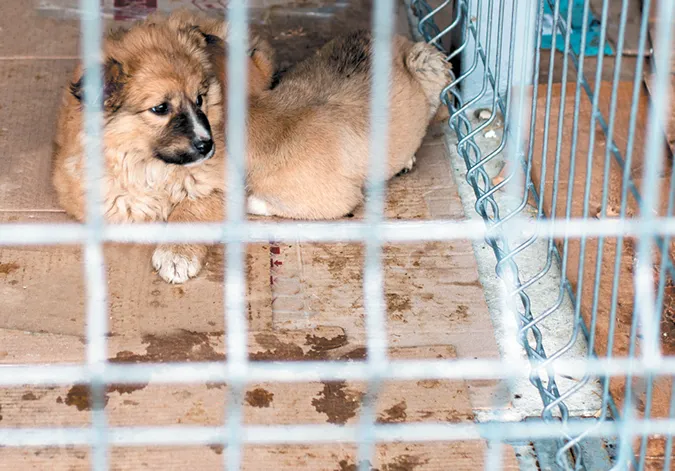Shelters don’t always seem the perfect picture of animal care. Some cages may be dirty and food bowls, empty. But looks can be deceiving. Before you write off a shelter as bad for the animals it cares for and therefore not fit to house an animal you would want to adopt (or not fit for your charitable efforts), consider these points.
Dirty cages. No matter how often or how well a shelter is cleaned, there are bound to be some dirty cages at any given time, especially given the financial and staffing constraints many shelters have to contend with. Cages often don’t look their best first thing in the morning, when there hasn’t yet been an opportunity to thoroughly clean and disinfect them.
Empty food bowls. Most shelter dogs are not free-fed as often as desired but, rather, twice a day. No matter how good the shelter, it can provide only institutionalized living for rescued animals, with strict schedules to insure every dog’s needs are met.
Near-empty water bowls. A dog or other animal should always have water available, but a lot of animals tip over their water bowls. If they were always refilled to the brim, cages and shelter floors would end up soaking wet.
Sick animals. Dogs often arrive at shelters sick, too thin, or with matted or otherwise unkempt coats. A good shelter will treat sick or ungroomed dogs as soon as possible, but depending on its caseload, it might not be able to tend to every animal’s needs immediately.
The bottom line: Don’t judge a shelter the way you would judge someone caring for a single pet in a home environment. It’s a whole different set of challenges.





